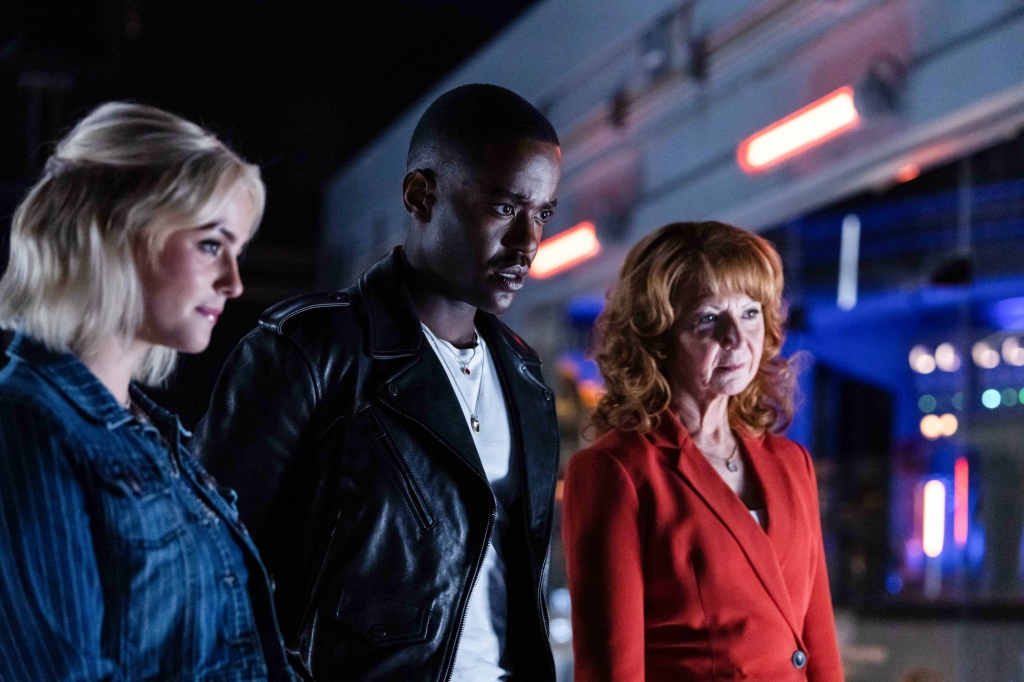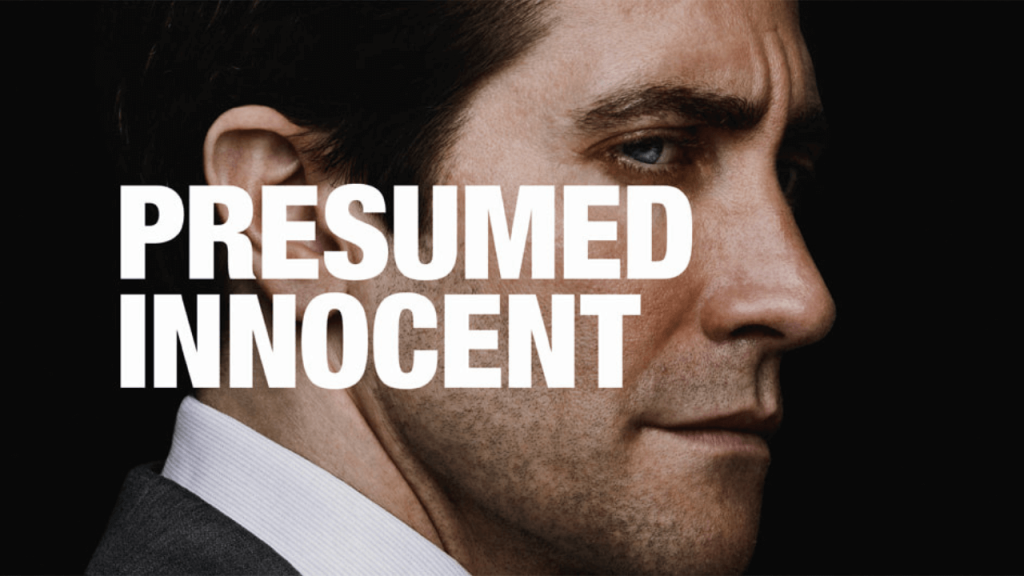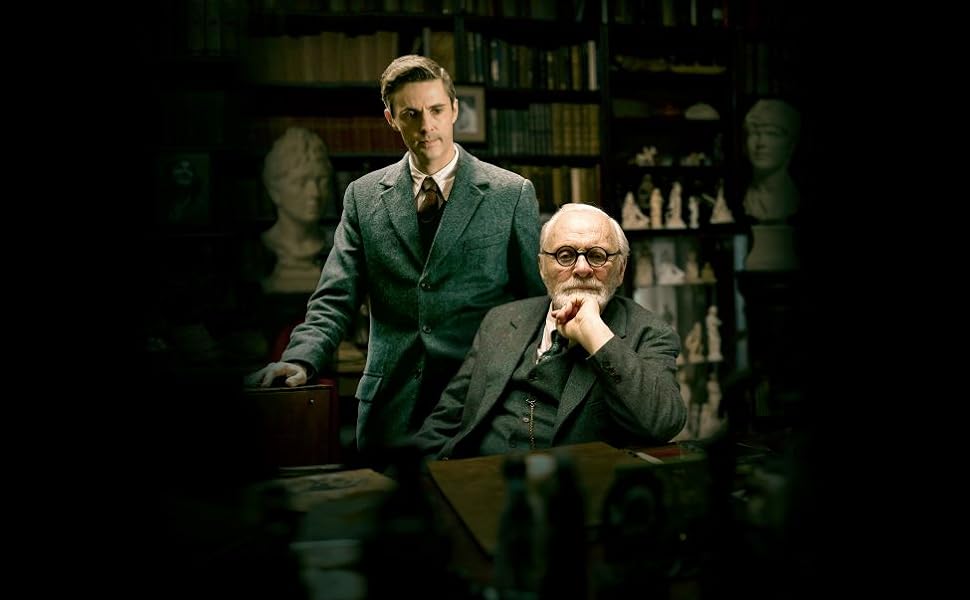
The Power of the Daleks is a significant event in Doctor Who‘s long history, being the first to feature a new incarnation of the Doctor (played by the legendary Patrick Troughton). Despite the master tapes having been destroyed decades ago, surviving footage and the original audio have tantalised Who fans ever since, and in 2016 BBC Studios released an animated reconstruction of The Power of the Daleks. While this original DVD/Blu-ray release pleased most fans, there were criticisms regarding the rushed and slightly clunky animation. Now, not even four years later, we have The Power of the Daleks: Special Edition, boasting not only a wealth of new special features but also featuring an updated version of the original animation. Is this new regeneration of Power worth investing in though, or is it better left in the swamps of Vulcan?
The story begins immediately after the events of The Tenth Planet. The Doctor has changed into a new body, and his companions Ben (Michael Craze) and Polly (Anneke Wills) are startled by this radically different man they find in the TARDIS. Before they have time to get to know this new Doctor though, the crew arrive on the planet Vulcan and are captured by a mining colony. When the colony discover a mysterious alien capsule buried in the planet, however, the Doctor grows suspicious. Inside: two Daleks, barely surviving, and desperately seeking power…

This “new” animation of Power isn’t so much a complete overhaul as an improved version of what was released back in 2016. The opening extended TARDIS scene is a considerable improvement over the original, with better lighting effects and more of a flow to the characters’ movements, while the TARDIS set itself looks gorgeous, along with the animated console and time rotor. The action sequences in Episode Six are now much less clunky and awkward, while Rob Ritchie‘s Dalek animation appears largely untouched – mostly because of how excellent it was in the 2016 version. There are still a few awkward pauses where the animated characters don’t seem to know what to do, although these are fewer than previously seen. It’s hard not to feel that this Power animation would benefit from more creative license, cutting any awkward pauses, enhancing the pacing and creating new shots and movements that – while that may stray from the original work – would help the episodes to flow better. It’s also a shame not to see a colour version, but the black-and-white look will appeal to more “purist” Who fans. What’s here is an improvement, but The Macra Terror remains the best of the new animations.
Among the TARDIS-full of special features on this Special Edition release are Whicker’s World: I Don’t Like My Monsters to Have Oedipus Complexes, a 1968 documentary which primarily focuses on the horror genre and its various monsters. This film has been scanned in High Definition, and while the Doctor Who-centric moments are few and far between, they are fun to watch – whether it be Terry Nation stalked by a Dalek in his house, or the presenter being menaced by a rather cuddly-looking Yeti. While some fans may enjoy this slice of 60’s documentary, some of its subject matter does seem too adult for Doctor Who‘s target audience, and an edited-down version focused on the series itself may have been a safer option.

Two new documentaries have been created for this release: From Script to Screen covers the entire production process, from scripting to rehearsals to the studio recordings, and features a particularly insightful interview with Graeme Harper about the process; while Behind the Scene follows Who effects veteran Mike Tucker attempting to recreate the iconic Dalek “conveyor belt” scene 50 years later. There’s also Daleks: The Early Years, a 1992 documentary presented by Peter Davison and written by 80’s producer John Nathan-Turner, which offers a nice overview of the 60’s Dalek stories alongside some (poor quality) clips and some amusing inaccuracies (Davison proudly introducing The Dead City must have annoyed some fans back in the day).
The Power of the Daleks: Special Edition is available on both DVD and Blu-ray, but surprisingly there is no sign currently of a Steelbook release to match the other animations. The cover artwork by Oink Creative Ltd is lovely, and in my opinion superior to the original DVD edition – although the original Steelbook release is stunning. Both also feature a reversible sleeve, allowing fans to match this new DVD with their existing Classic Doctor Who collections, but – in an admirable effort to be more environmentally-friendly – BBC Studios have decided to package the DVD in a clear case, as opposed to the traditional silver, which is sure to annoy fans who have been collecting these releases over the past twenty years. Alas, this does seem to be a permanent change, so the upcoming Fury from the Deep animation will suffer the same fate.
Overall, The Power of the Daleks: Special Edition is a strong release from BBC Studios, even if the animation itself isn’t quite as good as more recent offerings like The Macra Terror and The Faceless Ones. Power itself is a terrific story though, and all three discs are filled to the brim with assorted extras, making this new release well worth the money. If you don’t already own this, then the Special Edition is the way to go. If you do, the new animation may not be enough to entice you, but the special features are all excellent and worth the price alone.









![Army Of Shadows Blu-ray review: Dir. Jean Pierre Melville [Vintage World Cinema]](https://criticalpopcorn.com/wp-content/uploads/2024/05/image-14.png?w=1024)
![Doctor Who: Pest Control and The Forever Trap (6LP Red & Yellow Vinyl) review [Demon Records]](https://criticalpopcorn.com/wp-content/uploads/2024/05/3f35d7aa-1aa8-406e-89ac-e773b1646e09.__cr00970600_pt0_sx970_v1___.jpg?w=970)




![Building the Batmobile Tumbler [Hachette Partworks: Issues 53 – 58]](https://criticalpopcorn.com/wp-content/uploads/2024/06/wp-17179408424882484652437929488722.jpg?w=1024)

Post your thoughts